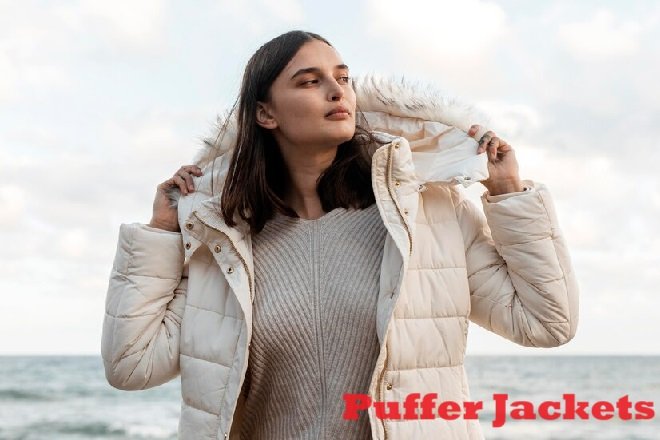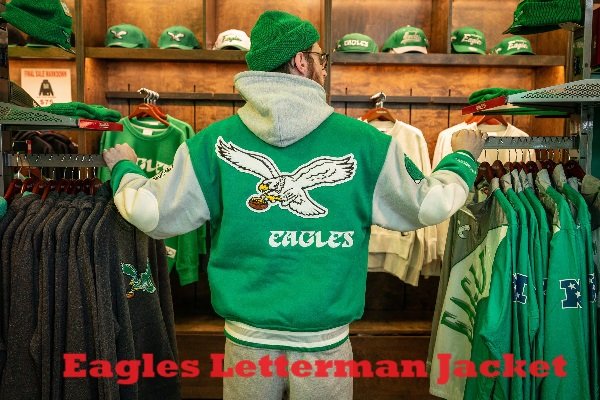
Puffer Jackets
Introduction
Imagine wrapping yourself in a cloud on a chilly winter day. That’s what wearing a puffer jacket feels like—cosy, warm, and incredibly comfortable. Whether you’re navigating the urban jungle or hitting the slopes, a puffer jacket is your best companion. But what exactly makes these jackets so special, and why have they become a staple in winter wardrobes around the globe? Let’s dive into the fascinating world of puffer jackets.
What is a Puffer Jacket?
A puffer jacket, also known as a down jacket, is a quilted coat insulated with down feathers or synthetic materials. The characteristic puffy sections between the stitching create air pockets that trap warmth, making the jacket exceptionally warm and lightweight.
The History of Puffer Jackets
The Inception
Puffer jackets have an interesting history that dates back to the 1930s. They were invented by Eddie Bauer after a near-fatal experience with hypothermia during a fishing trip. He decided to create a jacket that was warm yet lightweight, leading to the first-ever puffer jacket.
Evolution Over the Decades
Since then, puffer jackets have evolved significantly. In the 1970s, they became popular in the outdoor sports community. By the 1990s, puffer jackets had made their way into mainstream fashion, becoming a winter wardrobe staple.
Materials and Fillings
Down vs. Synthetic
When it comes to insulation, you have two main options: down and synthetic. Down, sourced from the under feathers of ducks or geese, is renowned for its superior warmth-to-weight ratio. Synthetic fillings, on the other hand, are usually made from polyester and are more affordable and easier to maintain.
Fabric Choices
The outer shell of a puffer jacket can be made from a variety of materials, including nylon, polyester, and even recycled fabrics. The choice of fabric affects the jacket’s durability, water resistance, and overall feel.
Types of Puffer Jackets
Lightweight Puffers
Lightweight puffer jackets are perfect for layering and are ideal for milder winters or as transitional pieces between seasons.
Heavyweight Puffers
Designed for extreme cold, heavyweight puffer jackets are bulkier and provide maximum insulation.
Hooded vs. Non-Hooded
Hooded puffer jackets offer extra protection against the elements, while non-hooded versions are sleeker and easier to layer.
Long vs. Short
From cropped styles to knee-length coats, puffer jackets come in various lengths to suit different needs and fashion preferences.
How to Choose the Right Puffer Jacket

Consider Your Climate
The first step in choosing the right puffer jacket is to consider the climate you’ll be wearing it in. For extremely cold regions, opt for a heavyweight down-filled jacket. For milder climates, a lightweight synthetic-filled jacket might be sufficient.
Fit and Comfort
Ensure the jacket fits well and allows for comfortable movement. Consider trying it on with layers to make sure it’s not too tight or too loose.
Features to Look For
Look for features such as adjustable hoods, zippered pockets, and water-resistant fabrics. These can enhance the jacket’s functionality and comfort.
Styling Your Puffer Jacket
Casual Looks
Pair your puffer jacket with jeans and a cosy sweater for a relaxed, everyday look. Sneakers or ankle boots complete this casual ensemble.
Chic and Trendy
For a more stylish approach, wear your puffer jacket over a dress or skirt. Add knee-high boots and accessorize with a statement bag to elevate your outfit.
Outdoor Adventures
When heading outdoors, pair your puffer jacket with thermal leggings, a fleece top, and sturdy boots. Don’t forget a warm hat and gloves to stay comfortable during your adventures.
Care and Maintenance
Washing Tips
Always follow the care instructions on the label. Most puffer jackets can be machine-washed on a gentle cycle with a mild detergent. Use tennis balls in the dryer to help maintain the jacket’s puffiness.
Storing Your Jacket
Store your puffer jacket in a cool, dry place. Avoid compressing it for long periods as this can damage the insulation.
Sustainable and Ethical Choices
Eco-Friendly Materials
Many brands are now offering puffer jackets made from recycled materials. These eco-friendly options help reduce the environmental impact of your purchase.
Ethical Sourcing
Look for brands that use ethically sourced down or synthetic fillings. Certifications like the Responsible Down Standard (RDS) ensure that the down is harvested humanely.
Top Brands to Consider
Patagonia
Known for its commitment to sustainability, Patagonia offers high-quality puffer jackets that are both stylish and eco-friendly.
The North Face
The North Face is a trusted name in outdoor gear, offering a wide range of puffer jackets suitable for various activities and climates.
Canada Goose
For those seeking luxury and warmth, Canada Goose provides premium puffer jackets that are designed to withstand the harshest conditions.
Puffer Jackets in Pop Culture
From runway shows to music videos, puffer jackets have made a significant impact on pop culture. Celebrities and influencers alike have embraced this cosy trend, making it a fashion statement.
The Future of Puffer Jackets
As technology and fashion continue to evolve, so do puffer jackets. Innovations in insulation, fabric, and design are making these jackets more versatile and sustainable than ever before.
Conclusion
Puffer jackets are more than just a winter essential; they are a fusion of style, comfort, and functionality. Whether you’re braving the cold in the city or exploring the great outdoors, a puffer jacket is your go-to piece for staying warm and stylish. So, next time you face the chilly winds, wrap yourself in a puffer jacket and step out with confidence.
FAQs
1. What is the warmest type of puffer jacket? The warmest puffer jackets are typically those filled with high-quality down, such as goose down, and have a high fill power rating.
2. How do I know if a puffer jacket is good quality? A good quality puffer jacket will have high fill power, durable outer fabric, and features like water resistance and well-constructed seams.
3. Can puffer jackets be worn in the rain? While some puffer jackets have water-resistant or waterproof coatings, they are not typically designed for heavy rain. It’s best to wear a waterproof outer layer over your puffer jacket in wet conditions.
4. Are synthetic-filled puffer jackets as warm as down-filled ones? Synthetic-filled puffer jackets can be very warm and are often more affordable and easier to care for. However, down-filled jackets generally provide better insulation, especially in extremely cold conditions.
5. How can I make my puffer jacket last longer? To extend the life of your puffer jacket, follow the care instructions, avoid compressing it for long periods, and store it in a cool, dry place. Regular cleaning and proper storage will help maintain its insulation and overall condition.
Read More: Vogue Horoscope Today: Your Comprehensive Love Guide






